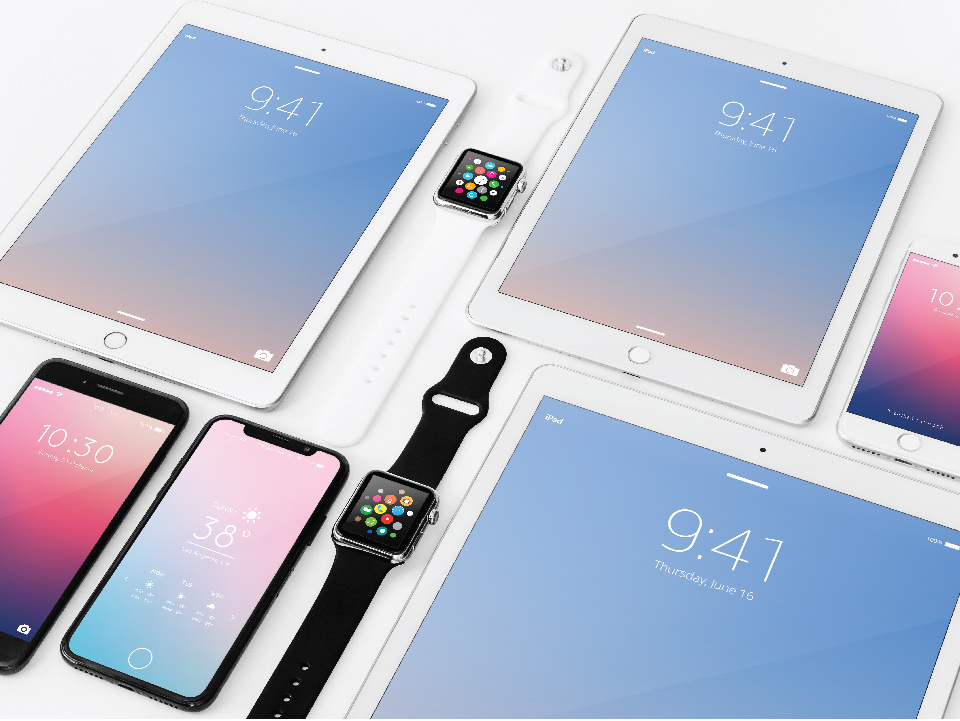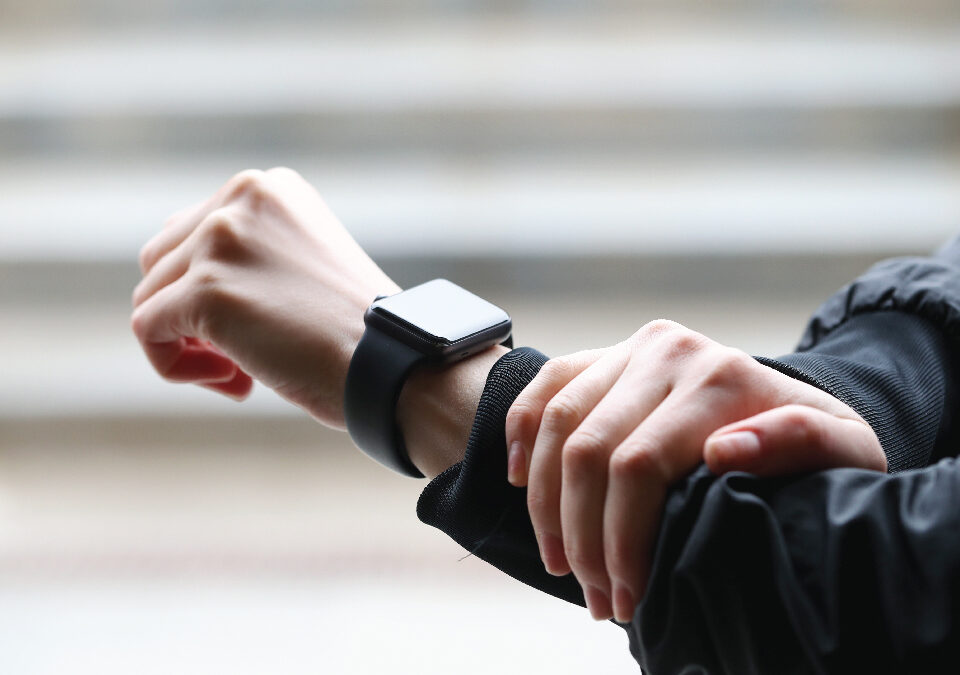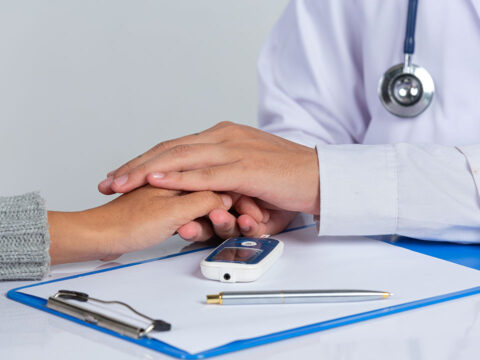
Tips To Stay On Track With Your Diabetes Management Goals
September 15, 2021
Top 10 Tech To Help Keep A Check On Diabetes
September 15, 2021Scientists, as well as medical device manufacturers, are presently exploring wearable gadgets to effectively control the complexities of diabetes. The FDA (Food and Drug Administration) has approved numerous types of pathbreaking wearable technology for individuals with diabetes, and newer technologies are surely on the horizon.
Wearable technology for individuals with diabetes includes gadgets such as Continuous Glucose Monitoring (CGM) systems and Insulin Pumps.
When it comes to monitoring blood sugar levels in those with diabetes, these devices make the process much simpler and more efficient.
CGMs allow you to track blood glucose levels on an ongoing basis, whereas Insulin Pumps successfully deliver the precise amount of insulin at each dose administration period. When these two systems are eventually combined, the result is more precise blood glucose control than ever before.
CGM
CGM is a highly compact monitoring and transmitting diabetes gadget with an implantable or stick-on sensor (which is affixed to the skin) to help in detecting blood sugar levels, which it successfully does in real-time, generally every five minutes.
A sensor is either implanted within your skin (through a small cannula placed just beneath your skin by a doctor) or attached adhesively to your skin. These sensors need to be replaced every 10-90 days, based on the CGM model that you use.
A transmitter is efficiently connected to the sensor to help transmit blood sugar readings either to your smartphone or monitoring device.
Besides providing blood glucose readings, most CGM systems also offer additional data, such as alarms as well as notifications of pre-set low and high blood glucose levels.
Why CGM?
Finger-sticks have limited ability when it comes to accurately measure blood sugar levels (which constantly fluctuate) on an ongoing basis.
Continuous blood glucose monitoring translates to the more effective and accurate adjustment of insulin, with subsequent healthier maintenance of blood sugar levels. Today, this has been made possible by wearable gadgets.

Automatic Insulin Pumps
Prior to advanced medical technology, insulin was administered through self-injection. Today, there is an alternative in the form of an insulin pump, which is nearly the size of a deck of cards. It needs to be worn outside the body, such as around the waist or attached to a belt or armband.
How Do Insulin Pumps Work?
Insulin pumps administer insulin through a thin tube (called a catheter), which is placed beneath your skin into a layer of fat tissue. The pump operates through a computerised mechanism that precisely administers continuous doses of short-acting insulin (which is known as the basal rate), followed by a variable insulin dose (which is known as a bolus), post-consumption of a large meal.
Most insulin pumps are generally equipped with bolus calculators to help you in figuring out how much should the bolus insulin dosage be, which is based on your blood glucose level and the food you consume at every meal. This type of insulin administering resembles the working of the human body’s pancreas.
Non-Invasive Wearable Diabetes Monitor
It is a fact that dogs can smell when your blood glucose is fluctuating. Using this idea, a device has been designed. Besides helping you recognise the pain and expense of traditional diabetes management, this device can help you keep a track of your sugar levels.
The device uses the latest, cutting-edge gas-sensing technology to successfully create a completely non-invasive, wearable, and affordable diabetes gadget.
The device provides your blood glucose levels on a continuous basis. In addition, it comes with an app that permits you to set up alerts to efficiently communicate with your healthcare provider.
To monitor changes in blood glucose levels, the device uses a nanosensor that successfully detects gases that humans emit. Scientists have concluded that this could be an early indicator of conditions such as hyperglycaemia and hypoglycaemia.
Nanosensors lie at the core of the technology, and the device is customised to the app. The sensors act as a nose of a dog, with the ability to sense multiple gases at the same time. These low detection levels are needed to monitor your blood glucose.
Features of CGM and Insulin Pumps
- Insulin pumps continuously deliver insulin at set and variable rates throughout the day.
- The CGM system provides real-time monitoring of glucose every 5 minutes.
- Insulin pumps mimic some of the functions of a healthy body’s pancreas.
- Some CGM systems can send discreet alerts to prevent episodes of hypo- and hyperglycaemia, along with tracking of steps taken, distance travelled, and calories burned.
- Users can share their data with up to ten individuals, including medical staff.
The Final Word:
The future of wearable gadgets to combat diabetes looks promising. Well-known technology companies and big medical devices manufacturers are keenly looking forward to the development of newer technology. Soon, diabetes management technology may emerge through incorporation into smartwatches, smart shoes, and may be even contact lenses.
Reference links:
- https://www.verywellhealth.com/wearable-tech-for-diabetes-4846257
- https://www.usatoday.com/picture-gallery/tech/2019/06/05/6-wearable-devices-manage-diabetes/1275579001/
- https://www.healthtechzone.com/topics/healthcare/articles/2020/01/24/444307-two-innovative-wearables-took-diabetes-control-the-next.htm




